11 Vintage Home Features You’ll Likely Never Encounter Again
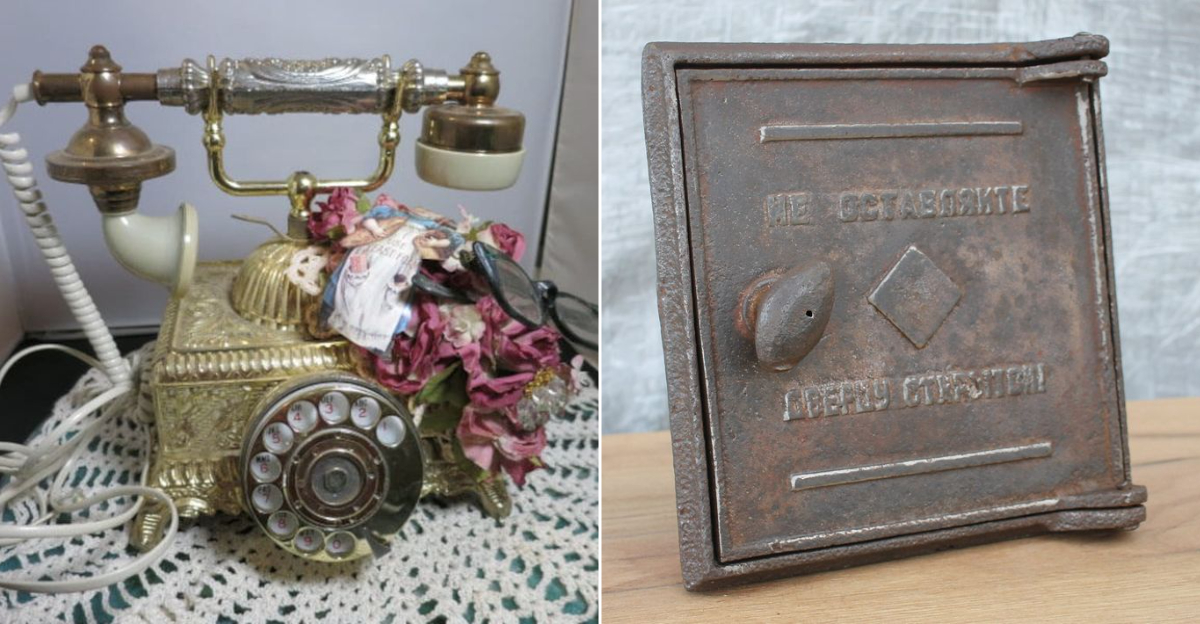
There was a time when homes weren’t just places to live, but full of unique features that added character, charm, and a touch of quirkiness. Before modern technology reshaped the way we design our living spaces, these vintage elements stood out as marvels of both utility and aesthetics.
From tiny milk doors to elegant parlor rooms, these bygone features tell stories of a simpler era, reflecting the creativity and practicality of a different time.
Let’s rediscover the hidden treasures that once made houses more than just homes.
1. Milk Doors
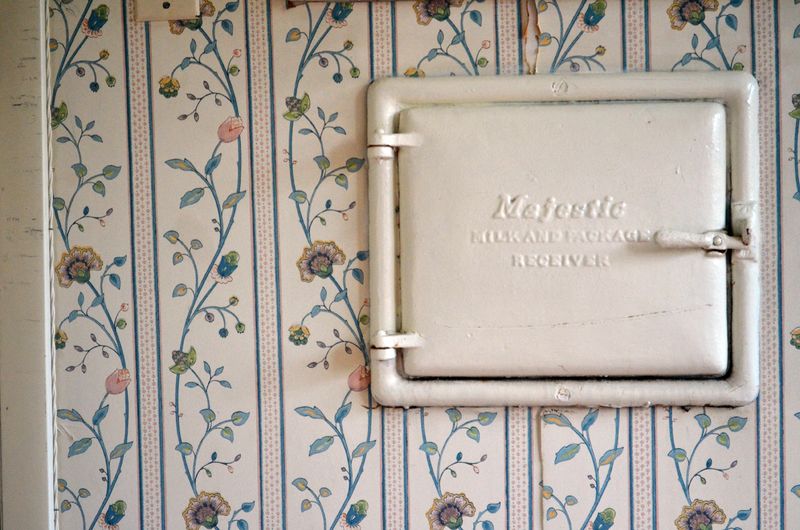
Milk doors, those small openings in the walls of older homes, were a clever solution for doorstep deliveries. In a time when fresh milk arrived daily, these doors allowed the milkman to leave bottles safely without stepping inside. It was the ultimate in home convenience before refrigeration became widespread.
Imagine waking up to find fresh milk waiting behind a little hidden door—like a mini magical pantry. While they’ve disappeared along with the milkmen, milk doors are a nostalgic nod to a simpler way of life. Spotting one today is like discovering a charming artifact from the past.
2. Transom Windows
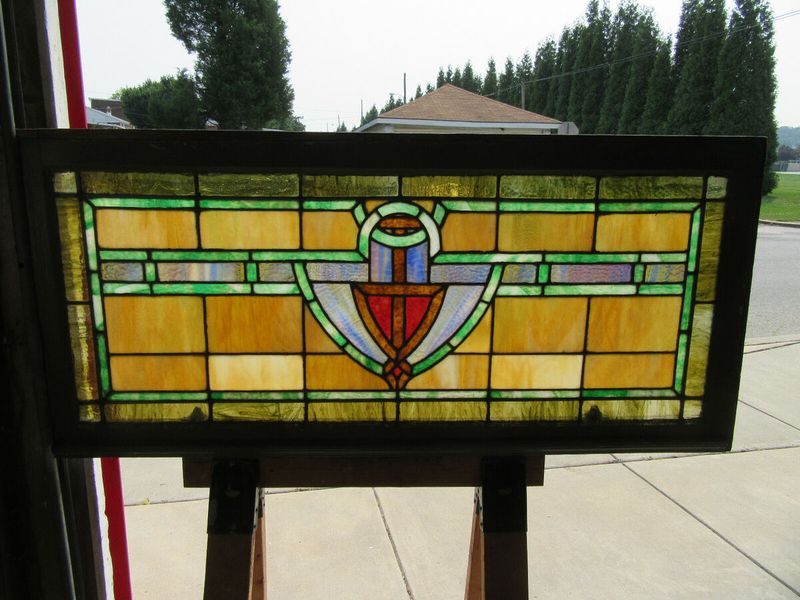
Hovering above doors like a crown, transom windows added elegance and functionality to homes of yesteryear. These small windows weren’t just decorative—they improved airflow and brightened interior spaces long before air conditioning.
Their stained-glass patterns created colorful displays, combining practicality with beauty. While they’ve fallen out of favor, transom windows remain a reminder of how design once prioritized both form and function. They’d make a stunning comeback in any vintage-inspired renovation.
3. Iceboxes
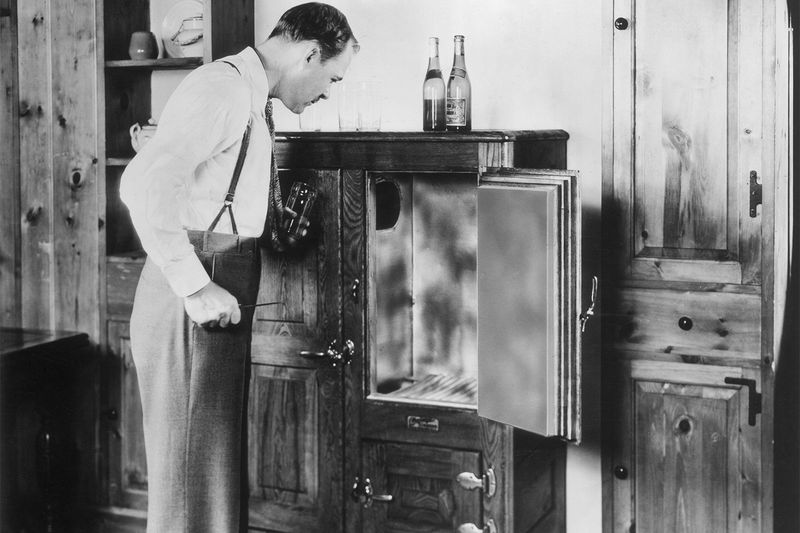
Before refrigerators became household staples, iceboxes were the ultimate kitchen coolers. These wooden and metal-lined cabinets kept food fresh using large blocks of ice, often delivered straight to the door.
The daily ritual of replacing the ice block was both a chore and a necessity. Today, antique iceboxes are prized as statement furniture pieces, doubling as unique storage for linens or even wine. They remind us of a time when keeping food cool was a daily challenge, not a plug-and-play convenience.
4. Rotary Phones
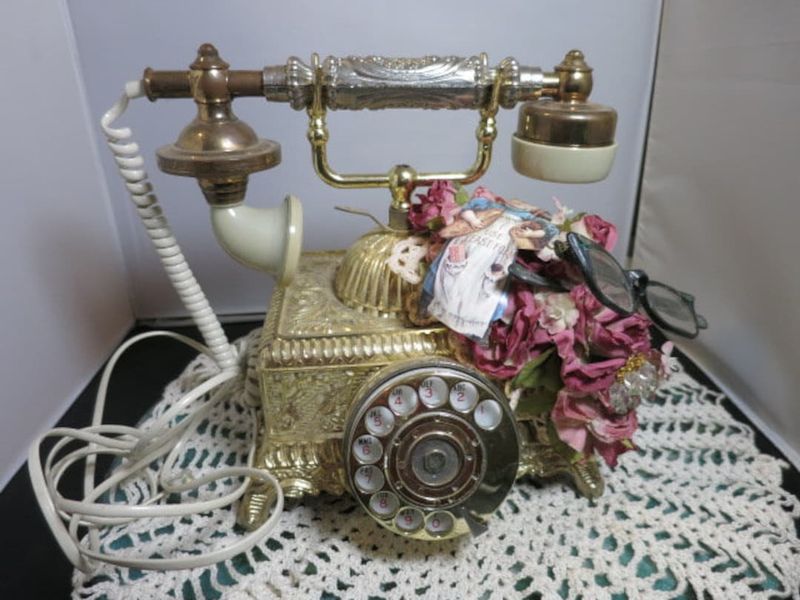
Rotary phones weren’t just communication tools—they were icons of patience and precision. Spinning the dial for each number was a tactile experience that modern touchscreens can’t replicate.
Every ring felt momentous, and answering the phone was a shared family event. While they’ve been replaced by sleek, digital devices, rotary phones remain a nostalgic treasure, perfect for adding a retro vibe to modern decor.
5. Coal Chutes
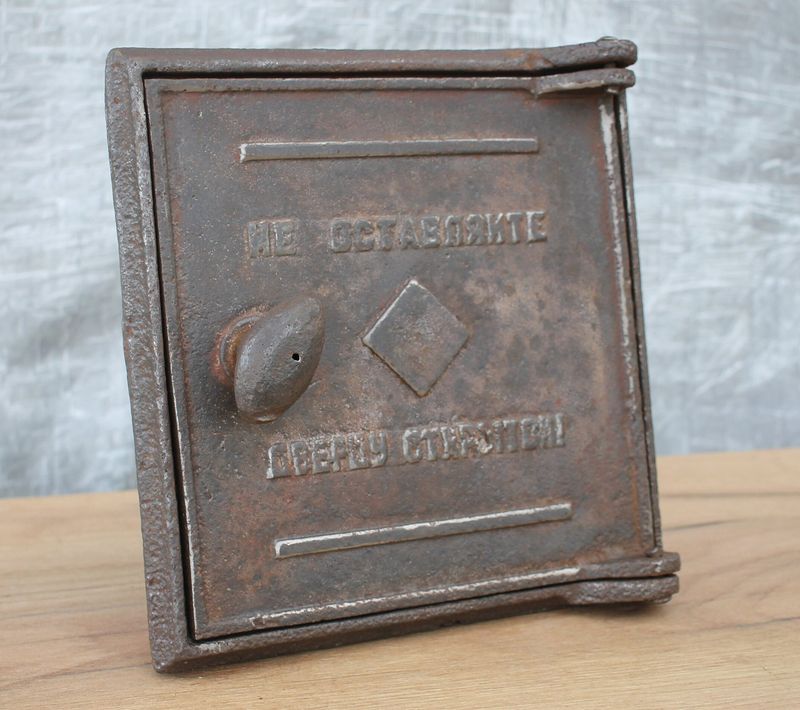
Coal chutes were ingenious little portals used to deliver coal directly to a home’s basement or storage room. Essential for heating homes in the winter, these metal openings made handling fuel less messy and more efficient.
Though they’ve been outpaced by modern energy solutions, coal chutes remind us of the resourceful designs of the past. Spotting one on an older building today is like catching a glimpse of a forgotten era when every home needed a practical solution to stay warm.
6. Linoleum Floors
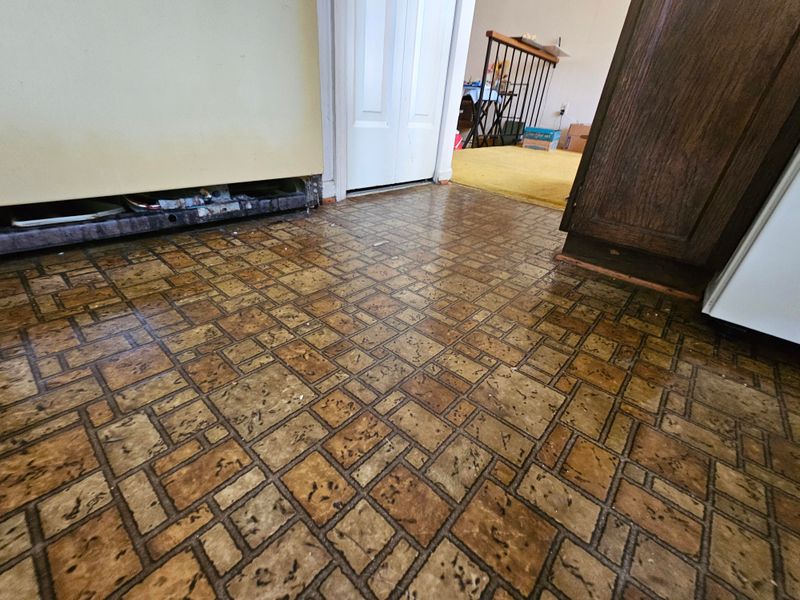
Vibrant and versatile, linoleum floors were the heart of many mid-century kitchens and bathrooms. Their bright patterns added a splash of cheer, while their durability made them a practical choice for busy households.
Made from natural materials, linoleum was an early eco-friendly flooring option. Though it’s been overshadowed by modern materials, its retro appeal continues to charm vintage enthusiasts. A bold linoleum design could still bring personality to any room.
7. Wallpaper Borders
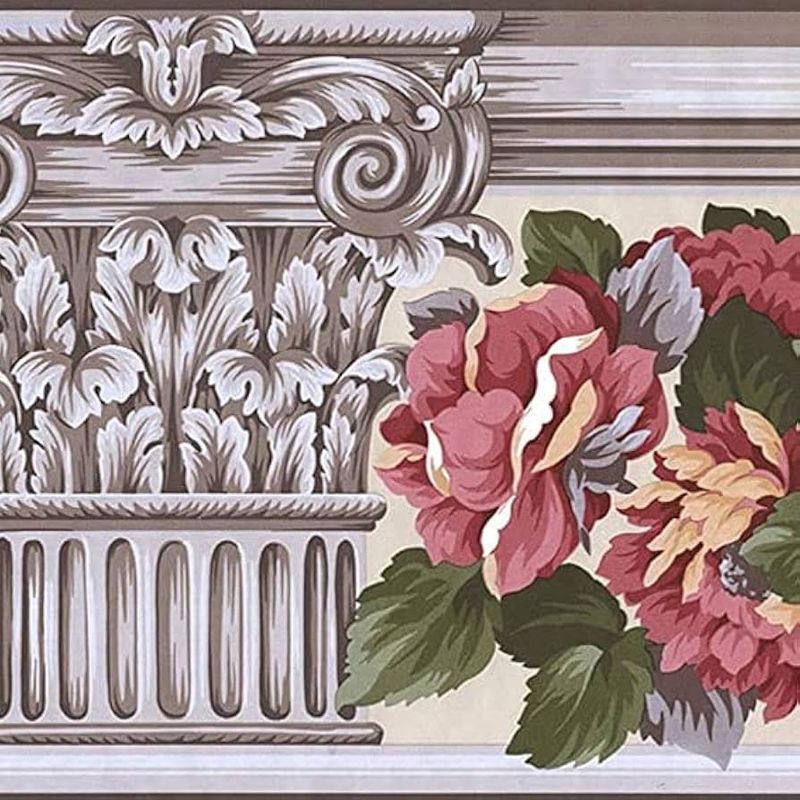
Wallpaper borders were the finishing touch of interior design, framing walls with intricate patterns or playful themes. These decorative accents added personality and flair to rooms without overwhelming the space.
From floral prints to geometric designs, they offered endless customization. While they’ve largely disappeared from modern homes, a well-chosen border could still add a nostalgic twist to any space, proving that sometimes the smallest details make the biggest impact.
8. Laundry Chutes
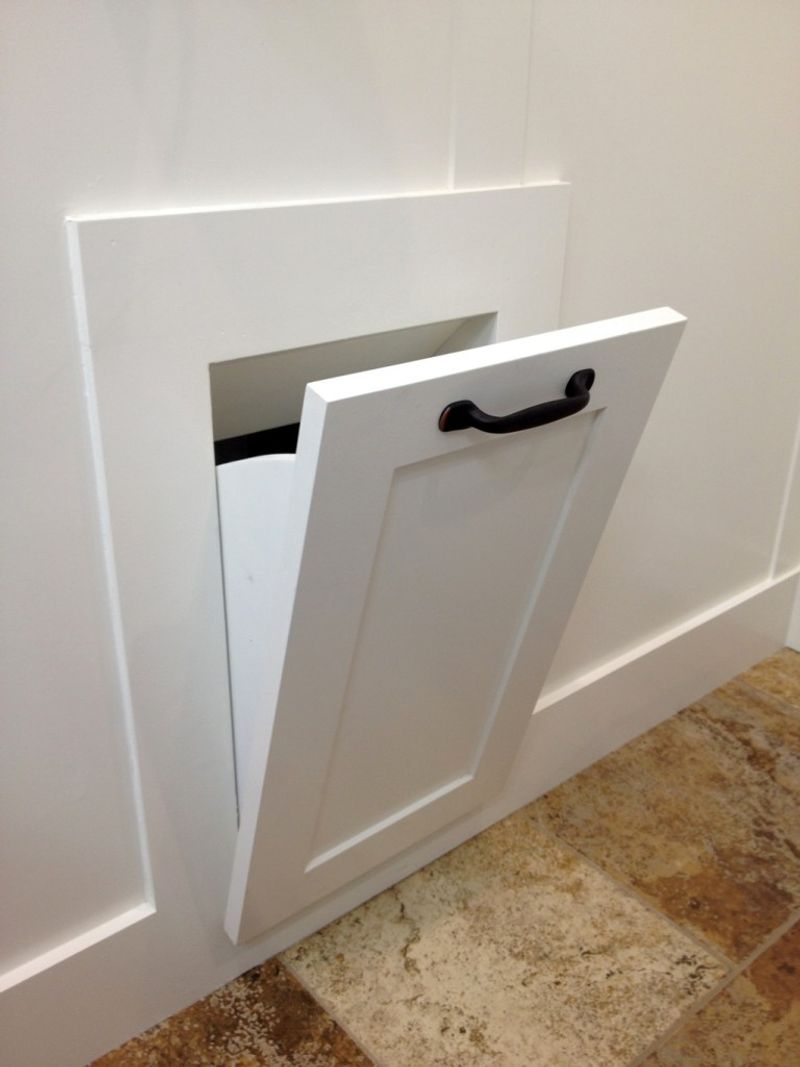
Tossing laundry down a chute was the ultimate time-saver in multi-story homes. These convenient openings funneled dirty clothes straight to the washroom, sparing families the hassle of lugging baskets up and down stairs.
They turned a mundane chore into something almost fun. Though modern homes rarely include them, a laundry chute could still be a practical and playful feature in any house—who wouldn’t want a direct path for tossing clothes?
9. Telephone Niches
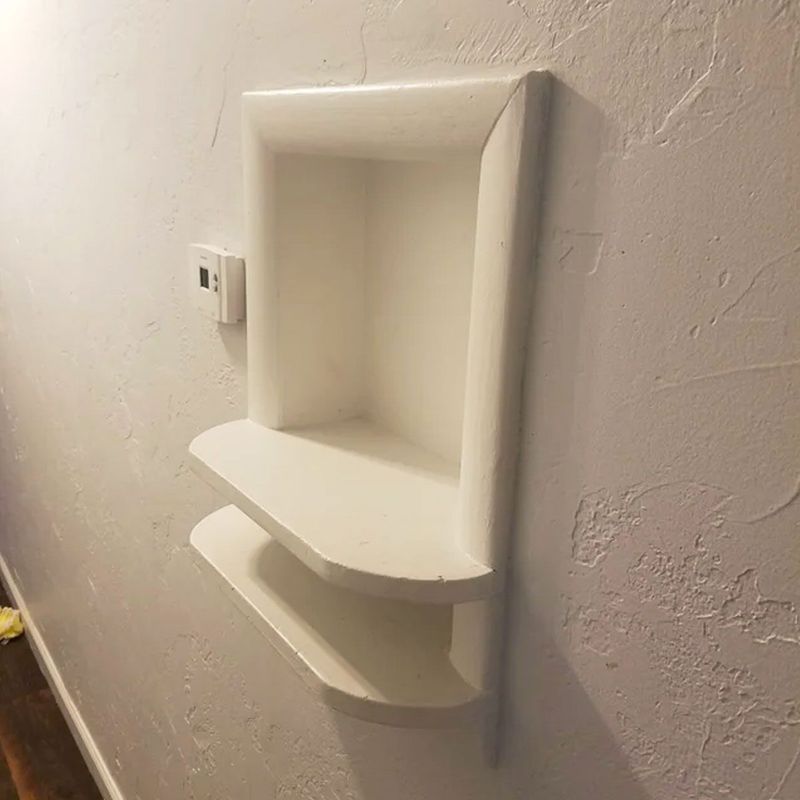
Before cordless phones and mobile devices, telephones had dedicated spaces in homes. Telephone niches, often built into hallways, provided a cozy spot for the family phone, complete with shelves for directories and notepads.
These niches were as much a part of home design as the phones themselves. While they’ve become obsolete, repurposing a telephone niche as a decorative alcove could add vintage charm to any modern home.
10. Gas Lamps
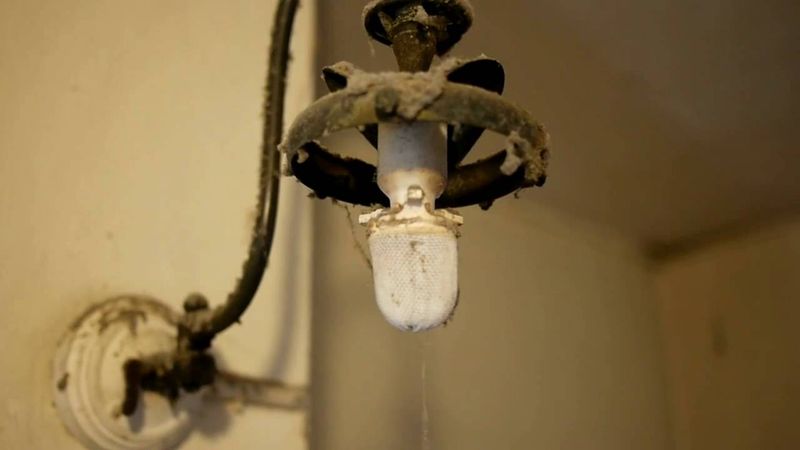
Before electricity illuminated our lives, gas lamps lit up homes and streets with their warm, flickering glow. Though they required constant maintenance, their soft light added a magical ambiance to evenings.
Gas lamps were both practical and romantic, creating cozy spaces in the heart of the home. Today, they’re mostly decorative, offering a nostalgic glimpse into a time when lighting was an art form.
11. Parlor Rooms
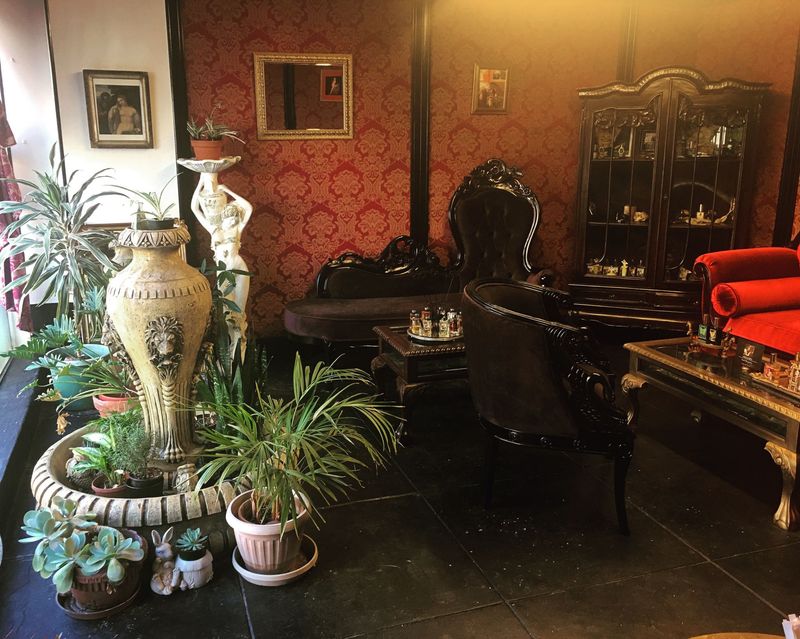
Parlor rooms were the epitome of elegance, serving as formal spaces for entertaining guests or hosting intimate gatherings. These lavishly decorated rooms often featured ornate furniture, rich drapes, and a touch of grandeur.
They weren’t just rooms—they were showcases of a family’s style and status. Though modern homes favor open-concept layouts, recreating a parlor could provide a sophisticated retreat steeped in vintage charm.
